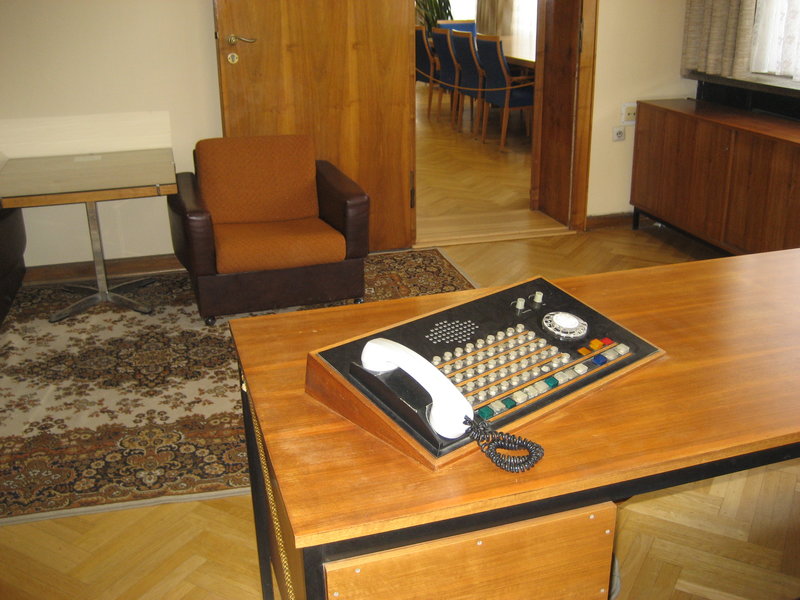October 1, 2019

While in Germany recently my family visited the Stasi Museum. It would be fair to say that my husband Steve (who will happily spend his time in museums) and eldest daughter Alex (who is studying international studies and politics at Uni) had the most interest. Our youngest daughter, Jess, had zero interest but we promised her shoe shopping afterwards to get her through. I was interested to a certain level …like a 90-minute stay rather than a 6-hour visit.
Stasi Musuem
The Stasi Museum documented the influence of the German Democratic Republic Secret Service from 1950 to 1989. The layout of the museum was typical, with displays, images and text explaining the content and importance. Along the walls, it also had the usual timelines with what happened in each year. After our visit, I can understand where the creators of Get Smart got all their inspiration from.
Our Experience
Jess and I stayed close to each other in order to make a secret escape to the café downstairs. Before our departure, we went into every room reading the information. I say reading as opposed to comprehending because what I noticed was that the information was mostly facts with an unbelievable number of acronyms. For example, SS, SSD, GDR, SED, KGB, MfS to name a few. After a while Jess said to me, ‘I am reading everything, but nothing is entering my head’. I shared her frustration.
Stories Versus Facts
However, there was one room that had stories of individuals who were personally impacted by the Stasi. For example, one woman recounted how she was targeted with personalised psychological attacks by the Stasi. This included them entering her house and moving things around or letting her bike tyres down while she was doing her grocery shopping. She said the incidents were bizarre things that, ‘no one would believe’. Consequently, if you mentioned it to anyone, they would think you were either paranoid or mad.
Another man shared a story about receiving continuous anonymous letters about his wife having an affair. He knew it wasn’t true but it was the Stasi’s attempt to destroy his family by eroding trust in their personal relationships.
Jess and I stayed in this room and read every story. Suffice to say, this information was entering our heads.
The Secret to Successful Communication
So, here is a secret (well not so much a secret but what many people don’t realise). The fastest way to the head is through the heart. That is why sharing a story works so well when it comes to communicating. Stories are easier to understand. They create an emotional connection which allows them to enter the head and be remembered.
Take some time to look at how you communicate your business messages. Think about the following:
- How many acronyms do you use? (hard to understand)
- How many facts do you include? (hard to remember)
- Do you share any stories? (easier to understand and remember)
Remember that you don’t need to lose the facts when communicating. Instead think about how you can bring them to life through stories.
P.S.
I would like to share some interesting facts I read at the Stasi Museum but I can’t remember any of them …just saying.